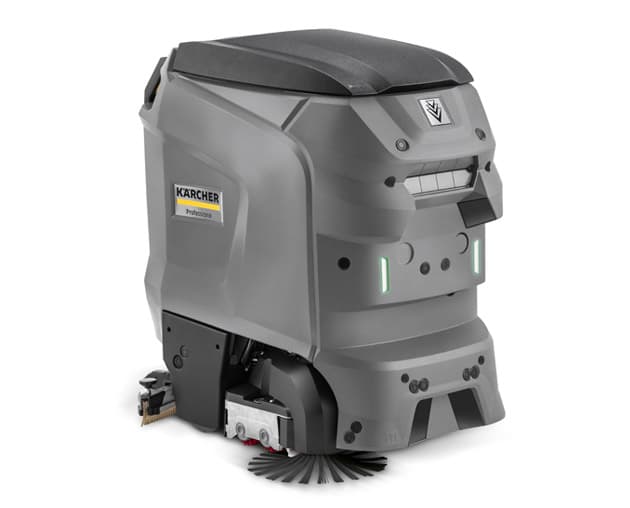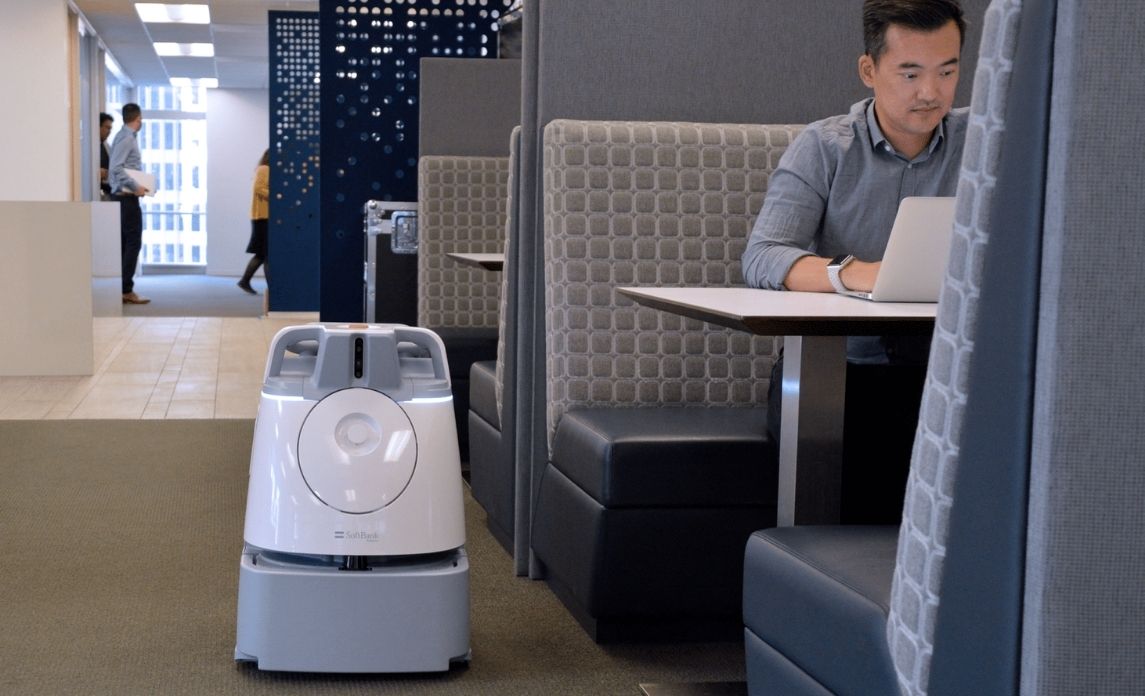The world of commercial cleaning is constantly undergoing advances in equipment and technology. This is in response to the need to increase efficiency as well as to ensure the safety of the people doing the work, on top of meeting ever-changing cleaning requirements.
Over the last few years, there have been a lot of exciting developments in robot-assisted cleaning. These incredibly smart and effective pieces of technology are set to change the future of commercial cleaning.
Automated robotic cleaners
There are many robotic cleaners currently available on the market or in development, including:
Karcher. German-made Karcher tools and appliances are well known for their durability and great designs. They have recently developed a robotic janitor called KIRA (Karcher Intelligent Robotic Applications). KIRA contains a multisensory system to efficiently complete floor cleaning while being safe for the people around. It cleans and dries floors to prevent slips.
Softbank. Softbank is a Japanese tech and artificial intelligence conglomerate who have also created a floor cleaning robot. Theirs is named Whiz, and has been designed to vacuum commercial buildings in response to the current labour shortage being experienced in Japan. Whiz can vacuum 1500 square metres in 3 hours, can manoeuvre around obstacles and can be programmed to move along a particular course.
Avidbots. Canadian tech start-up Avidbots have put years of work into developing their floor cleaning robots. Their model, Neo, comes with additional safety features including collision avoidance, low noise rating, emergency stop buttons, warning lights, and some protective bumpers.

Smart features
These robotic cleaners are truly revolutionising how people get their office cleaning services and requirements done. They are incredibly clever designs utilising some very smart features, including:
- Virtual mapping or navigation system. In order for a robotic cleaner to find its way around and avoid bumping into walls and furniture, they use virtual map navigation. You might be familiar with this sort of technology from the household cleaning sensation, the Roomba. It leaves the charging station and makes it’s way around the house using virtual mapping, returning itself to the charging station when it is all done. Larger industrial robotic cleaners use this same feature.
- An intelligent booking system for stakeholders. Not only can robotic cleaners operate on a timer, but technology is also currently in development to use Outlook calendars to schedule specific robotic cleaning tasks throughout the day. This new tech from Fraunhofer-Gesellschaft lets office management or custodial teams use Outlook appointments to control when certain tasks get completed. This is a great way to get cleaning completed while no one is in the office.
Benefits
Robot-assisted cleaning has many advantages. It can address current issues or gaps in the industry, including:
- Lack of staff. Some commercial cleaning companies find it difficult to find and retain staff. This is due to the physical labour aspect of the job, which can be too hard for some people. Commercial cleaning also often requires working odd hours which is not feasible for a lot of potential employees. For example, early mornings or late nights while businesses are closed.
- Efficiency. Automated robotic cleaners are built for one purpose, which is cleaning. They are incredibly effective at tasks such as sweeping, mopping, and vacuuming floors — plus they don’t need days off. To add, they would not use up cleaning products quickly because they’re being dispensed based on a pre-set amount and frequency.
- The health and safety aspects. Perhaps the most important benefit is that advances in robotic cleaning technologies can keep people safer. Commercial cleaning is a hazardous industry, with many risks including working at heights, heavy lifting, working with chemicals, and falls on wet floors. Utilising technology to complete more hazardous tasks helps keep people safer.
Drones
Other commercial cleaning tech developments include the use of drones. In particular, drones are being utilised more frequently for washing windows on tall buildings and skyscrapers. Window washing at such extreme heights comes with significant health and safety risks for the people doing the work. Drones remove any need for people to leave the safety of the ground. Window cleaning drones are controlled remotely and equipped with propeller blades and are tethered to the ground by a hose, which provides the water and power for cleaning.
Drones for window cleaning also significantly reduce the time it takes to set up scaffolding or abseiling rigs, which long term makes them a more cost-effective option. These drones perform so well that they are also being utilised to help fight fires, again removing humans from harm’s way. They have even been used to remove ice from wind turbines and completing painting work at extreme heights, all via remote control!
While robotic cleaning is well and truly on its way, we are still at the beginning of this exciting journey.
Meanwhile, if you’re in search of a company that offers commercial cleaning services the tried and tested way, you can turn to Crewcare. Crewcare’s staff are highly trained, thoroughly security vetted, environmentally friendly, and ready to take on your cleaning duties. We can also provide cleaning services for schools, restaurants and retail spaces. We also use a smart, real-time tracking system called Carenote to make managing jobs, providing feedback, and requesting work simple and effortless.


